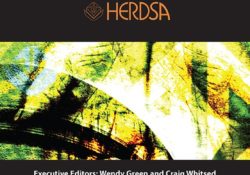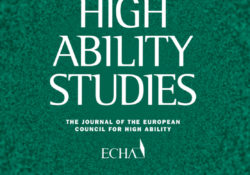tandfonline.com – Politicising inclusive learning environments: how to foster belonging and challenge ableism?
tandfonline.com har udgivet en rapport under søgningen “Teacher Education Mathematics”: ABSTRACT ABSTRACT Inclusive learning environments have been described as a crucial factor for fostering disabled students’ sense of belonging in higher education. However, few empirical studies have elaborated on how learning environments contribute to disabled students’ belonging. In this study, we have taken a socio-political approach and widen the theoretical understanding of ‘belonging’. We analyse three Finnish disabled students’ narrative interviews concerning their experiences of learning environments through a narrative approach. Our findings highlight the complex interplay of learning environments and belonging in the context of STEM and large class sizes. We discuss the role of active learning environments for supporting disabled students’ belonging. The narratives show how not belonging might be more productive for these students, as the learning… Continue Reading

